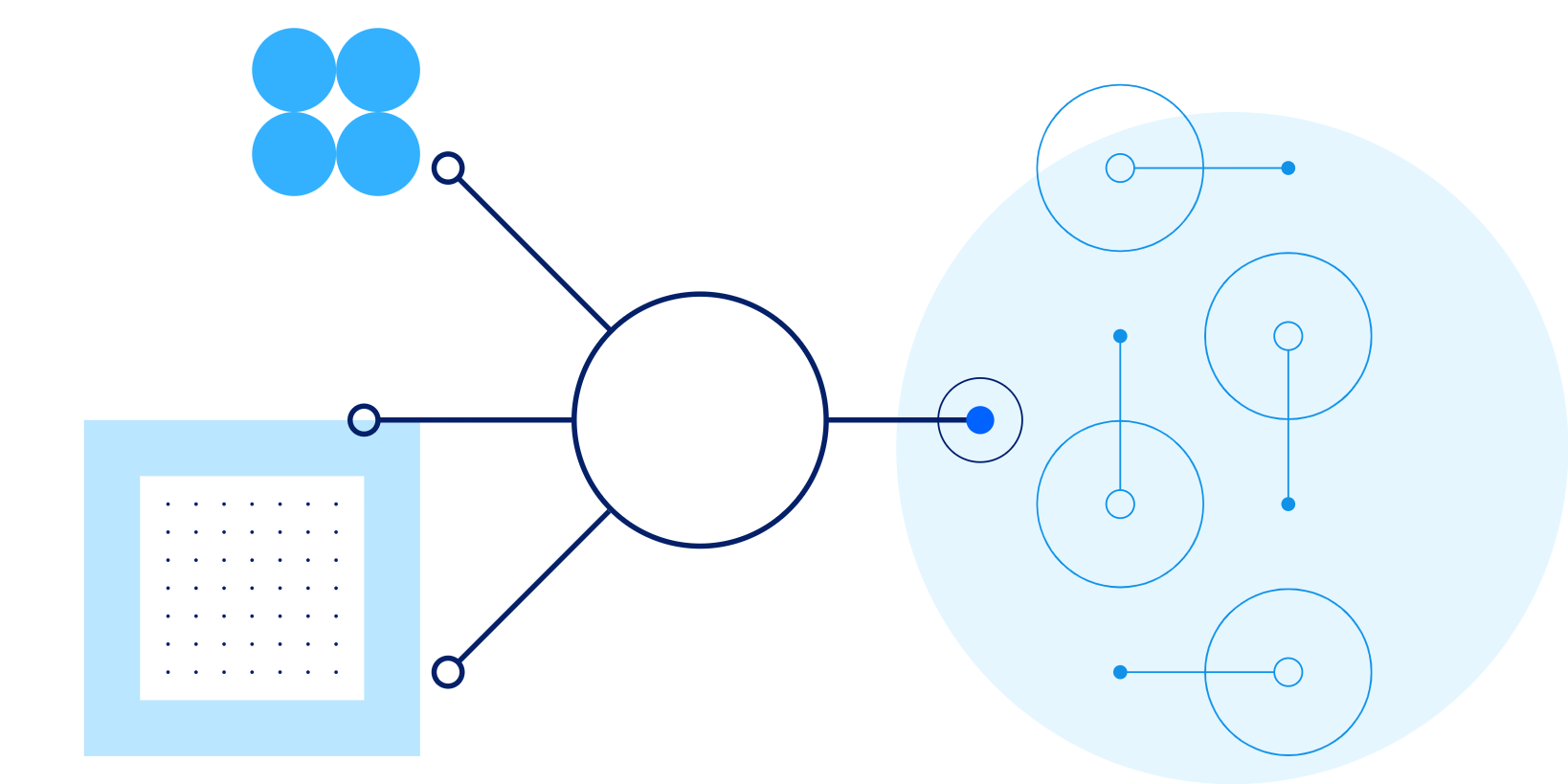Cloud
Automation – the past, present and future
19 May, 2020 | Written by: David Terrar and Nektarios Singh
Categorized: Cloud | Perspectives
Share this post:
Learning from the past, present and future of automation
Is there anything new in the idea that automation, robotics and artificial intelligence (AI) are a threat to our jobs and livelihoods? The “rise of the machines” has been happening steadily since the first industrial revolution and gaining pace throughout the last two centuries, transforming everything from farms to factories to supermarkets.
It began with the steam engine and the horseless carriage. It continued with tractors, lifts, automatic doors and power tools. It picked up pace with Charles Babbage’s analytical engine, automatic gearboxes, computers, cruise control, IT, factory-line robots and electric toothbrushes. And today, it’s going to the next level with business process automation and data analytics.
Each of these developments has been both a threat and an opportunity. But we only have to look to movies and TV series to see that people worry about the consequences of the rise of AI – from 2001: A Space Odyssey to the Terminator franchise; Black Mirror to the latest incarnation of Westworld. Art reflects life.
Currently we are all dealing with a new threat and dramatic changes to our personal and organisational circumstances that none of us could have predicted even a few months ago. More than ever you need the ability to operate anywhere, with solutions that can help you make seamless transitions to a remote business and provide accurate information from reliable sources to help you make better decisions for yourself, your business and your community.
The fourth industrial revolution
We now live in a world of timers, sensors, control mechanisms and feedback loops, which control a myriad of labour-saving devices around our homes, offices and cities. But we don’t even think of these as “automation” – we just know they are useful.
Change has happened at an astonishing pace during the first 20 years of this century. The move towards digitalisation has characterised the fourth industrial revolution that we talk about today. Just as they did in the previous three industrial revolutions, people worry about the effect on jobs, warning that automation will spawn mass unemployment. The reality is that, as we have learned throughout history, there is change and turmoil in the transition, but new jobs and business models emerge from that process, while many traditional ones change for the better.
Change is constant
In order to survive this current revolution, every business needs to imagine itself in a permanent state of reinvention – otherwise, a smarter competitor with a better grasp of technology and a more innovative approach will come along and steal its market.
The same spirit of reinvention is needed among the workforce. The job market has never been more fluid, with tasks being automated, moved offshore to lower-wage economies, or aggregated in new ways through platforms like Uber. But these shifts provide the opportunity for more rewarding work, embracing new skills and making use of our human adaptability and creativity. Automation will take over many repetitive tasks and free up our time to spend on tasks that are more valuable for both the employee and the business.
In some industries, the cost of productivity will go far beyond profit. Healthcare has seen a large uptake in automation technologies to enable practitioners and health professionals to deliver faster and more efficient care to patients. The US Air Force has proved that automation doesn’t simply take away jobs as it recruits more drone pilots; its “unmanned” aircraft are far from empty.
The doomsday scenario that those movies and TV programmes focus on is artificial general intelligence (AGI). AGI is the hypothetical intelligence of a machine that has the capacity to understand or learn any intellectual task that a human being can. Today’s AI can simulate a form of intelligence, using chatbots and robots in particular contexts. It can beat champion chess and Go players, and debate the pros and cons of a complex issue against a human. But even though there is huge amount of research and resource going into the topic, experts predict that AGI could be as far off as 2060.
But there is plenty of scope for more and more practical automation. An example of this is operational intelligence. It allows businesses to collect data on their processes and operations, then feed it into an AI engine to identify process bottlenecks, receive suggestions for improvements and even determine new workflows. This is similar to the way the retail industry collects data on customers to get a better understanding of what is and isn’t working.
Trends for the near future
Following basic digitalisation and the widespread adoption of the basic principles of automation, we will begin to see the market move towards hyper-automation. Gartner has named hyper-automation as the number one strategic technology trend of 2020, and describes it as AI-driven decision-making to improve processes and augment human work.
Another term you may have come across is the digital twin of the organisation (DTO), referring to the digitalised version of an organisation, department or activity. DTOs enable users to gain better insights and understanding of day-to-day processes by creating simulations prior to applying them to the real thing.
What do we do now?
Firstly, what we should not do is to remain complacent and stagnated with the working world today. Forward-thinking organisations embrace automation and change, and remain open to technology trends. Considering many of the jobs that exist today won’t be around in the near future, we should ask ourselves what we can do to ensure our job, organisation, department or market stays relevant and keeps prospering through the change.
Secondly, we should understand our foundations. Many organisations rush into automation, overlooking the importance of understanding their processes today. A bad process is a bad process; we can’t automate a bad process and expect good results. Organisations should do their due diligence, collaborate with stakeholders from all levels to create that “single version of the truth” and collectively agree on whether each process is optimised before automating it.
Finally, and probably the most challenging: we should begin to encourage a pro-automation culture within the organisation. Culture change is often one of the most underestimated hurdles when it comes to digital transformation. Try to identify the root of the fear of change, and challenge misconceptions and misunderstandings. Remember that people will remain the most important assets to the organisation. Automation is designed to empower them and free the robot from within the human.
What has automation done for us? Made our lives easier and pushed us towards higher skilled and more rewarding jobs. The same is true for business. Done right, automation will improve processes, get us closer to the customer, and make sure we are doing the right things.
If you would like to learn more, join us for our upcoming virtual event on 26th June to gain insight from industry experts from IBM and Omdia on how automation technologies are developing at a breath-taking pace, identify previously unseen opportunities for automation which might drive greater resiliency in your business and understand autonomous decision making in the broader context of continuous process improvements. Register today.

Founder, CXO of Agile Elephant

Digital Business Automation - IBM Cloud UKI
Generative AI: driving a new era of HR transformation
Helen Gowler, Partner, EMEA Talent & Transformation Lead Today, I’m proud to be part of a company that’s committed to addressing gender bias in the tech industry. IBM is pioneering the use of AI to tackle this issue, and I’m excited to contribute to this effort. Our team is developing AI models that can detect […]
Multi-Modal Intelligence Platform
Traditionally, data management systems provided only numerical or textual based business intelligence primarily for back-office users across finance, sales, customer management and supply chain. Today, we are increasingly seeing data management systems which drive key business functions requiring interrogation of multi-modal data sets from documents, presentations, images, videos to audio. This demands a more sophisticated […]
The use of GenAI to Migrate and Modernise Organisational Core Programming Languages
GenAI is hugely powerful and supports a diversity of use cases by focusing on routine work – allowing people to focus time on value-add tasks, thus enhancing productivity. The focus of this use case is for an organisation which had previously focussed on a legacy set of tooling and programming languages and needed a way […]


